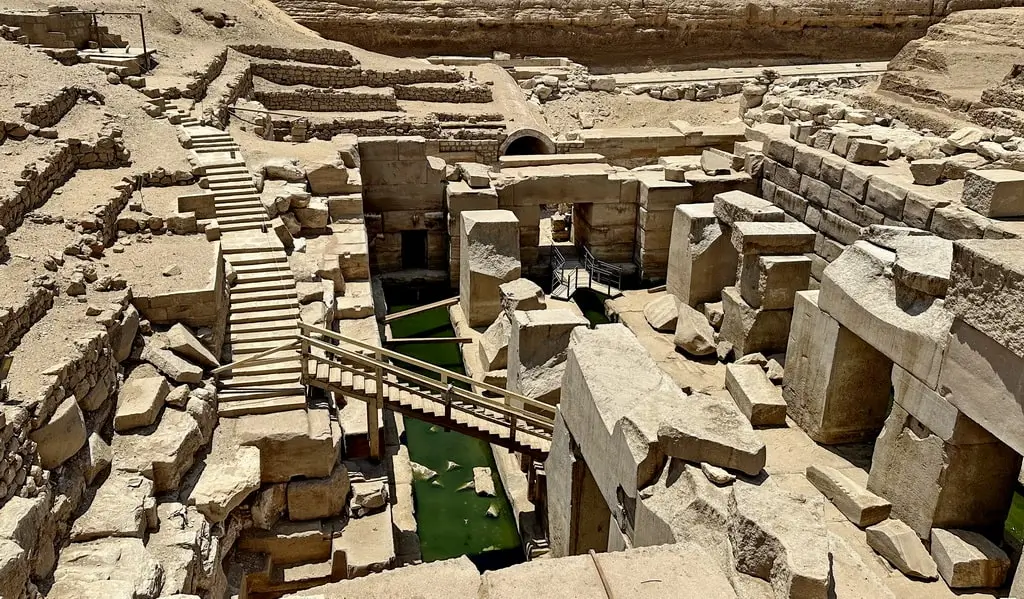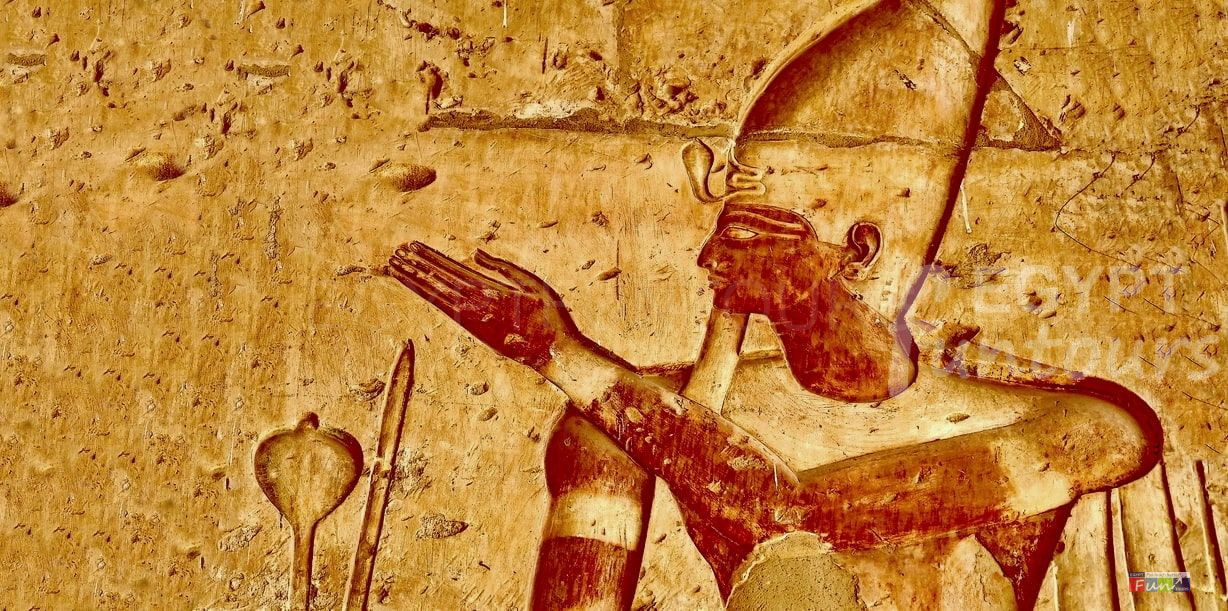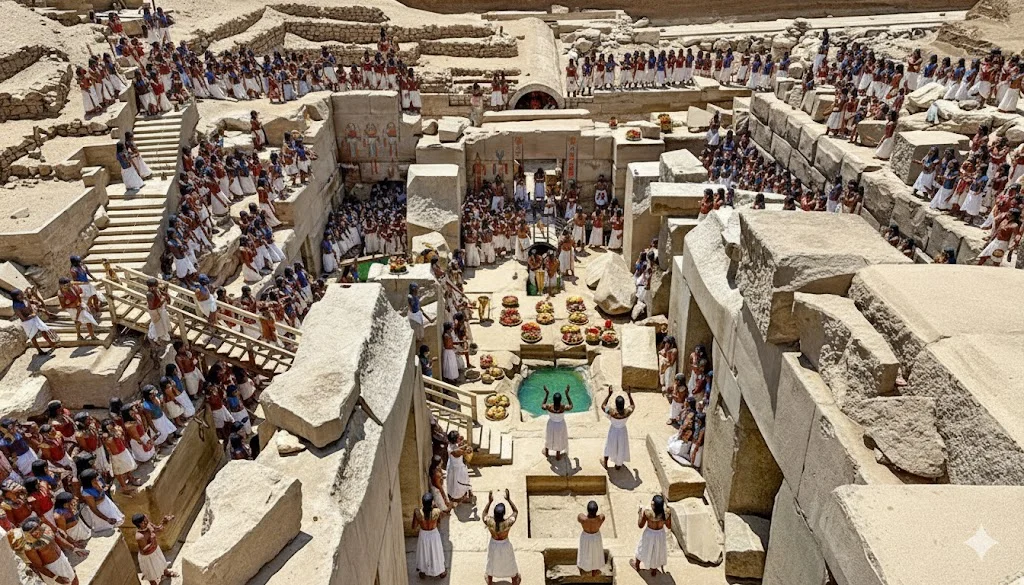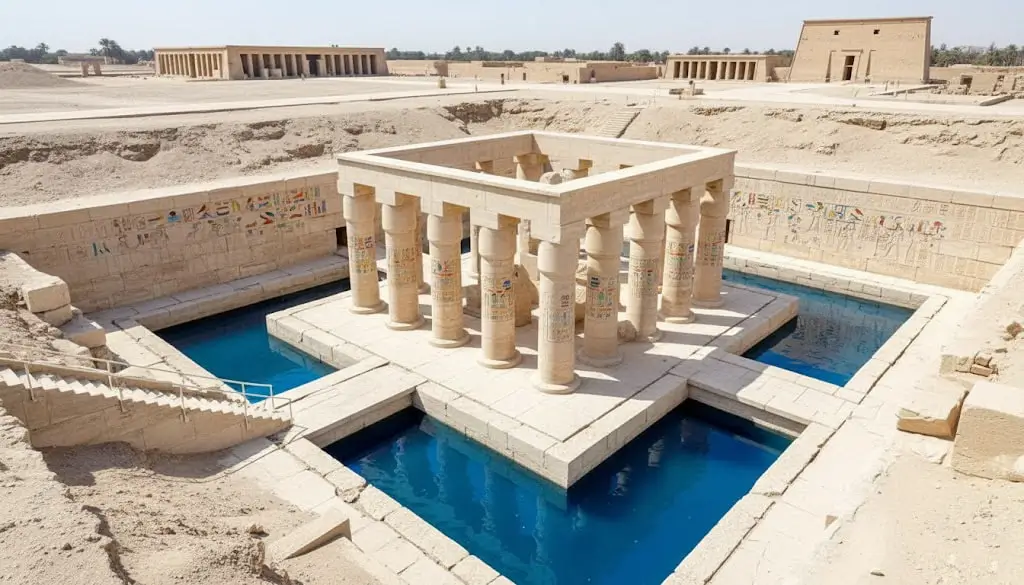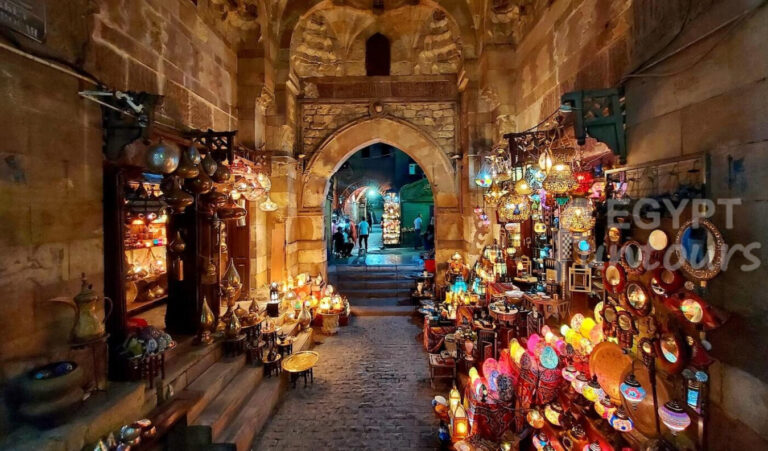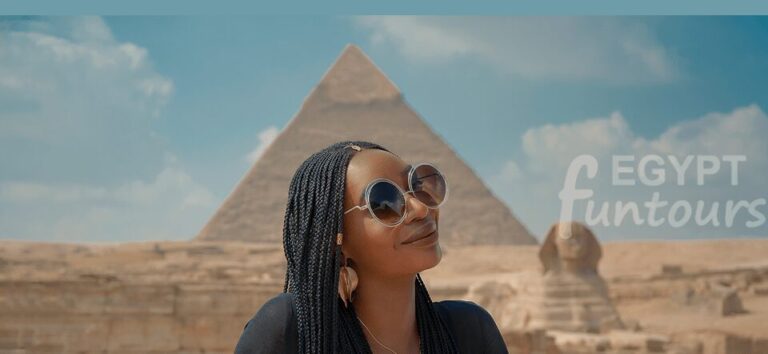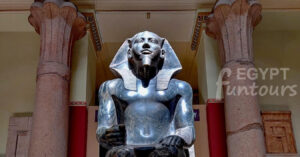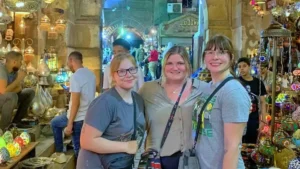The Osireion stands as one of Ancient Egypt’s most profound and perplexing monuments. Located in Abydos, this massive, subterranean structure lies directly behind the magnificent Temple of Seti I. It is not a pharaoh’s tomb. It is a monumental cenotaph—a symbolic burial place—dedicated to the resurrected god, Osiris. The Osireion’s stark, austere style and astonishing engineering have inspired generations of scholars, mystics, and travelers. Its mysteries touch upon the deepest questions of Egyptian antiquity.
Good but did not get what I paid for…
I had an 11 hour layover in Cairo. I wrote to them based on recent reviews for them on this site. After a few email exchanges with Hati, who I think is one of the owners, I was ready to get there. I was greeted by Hatem, a very good


